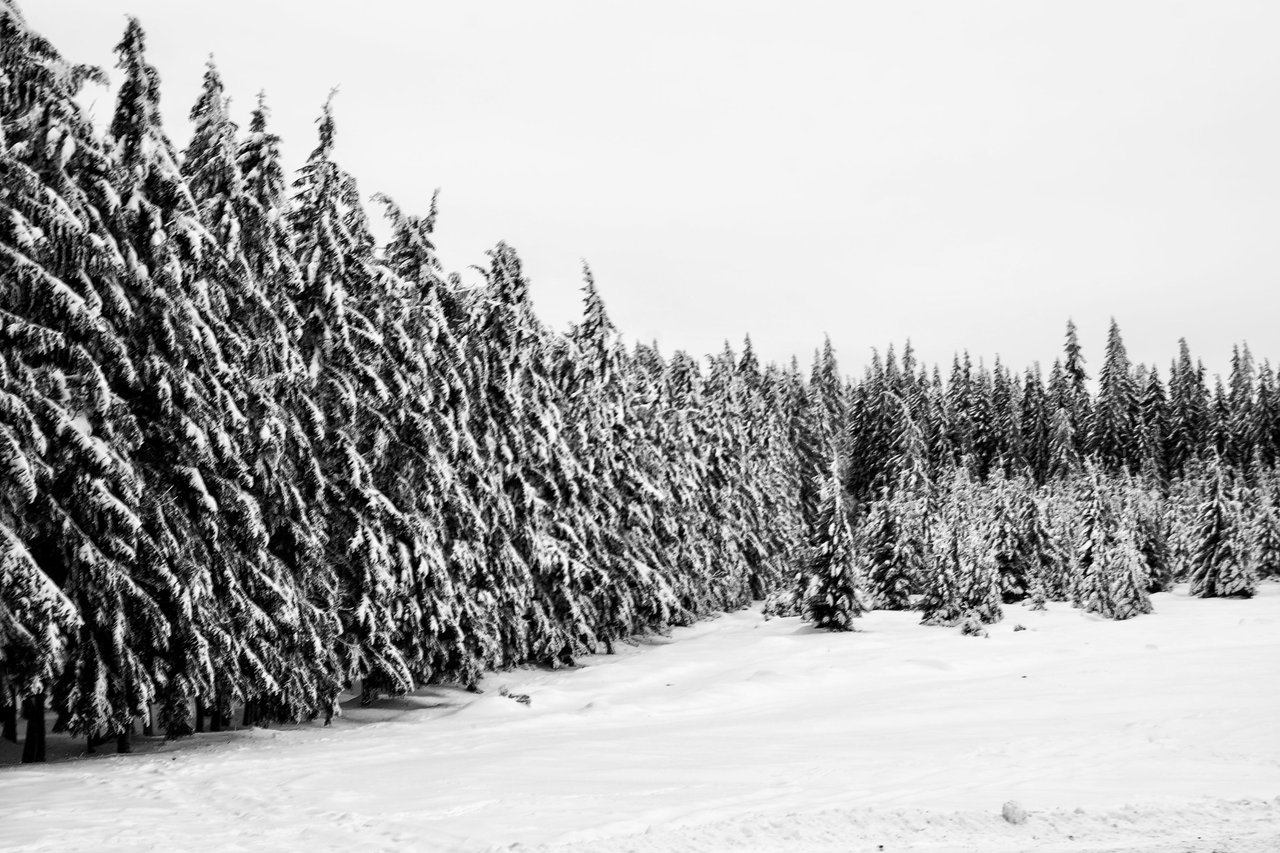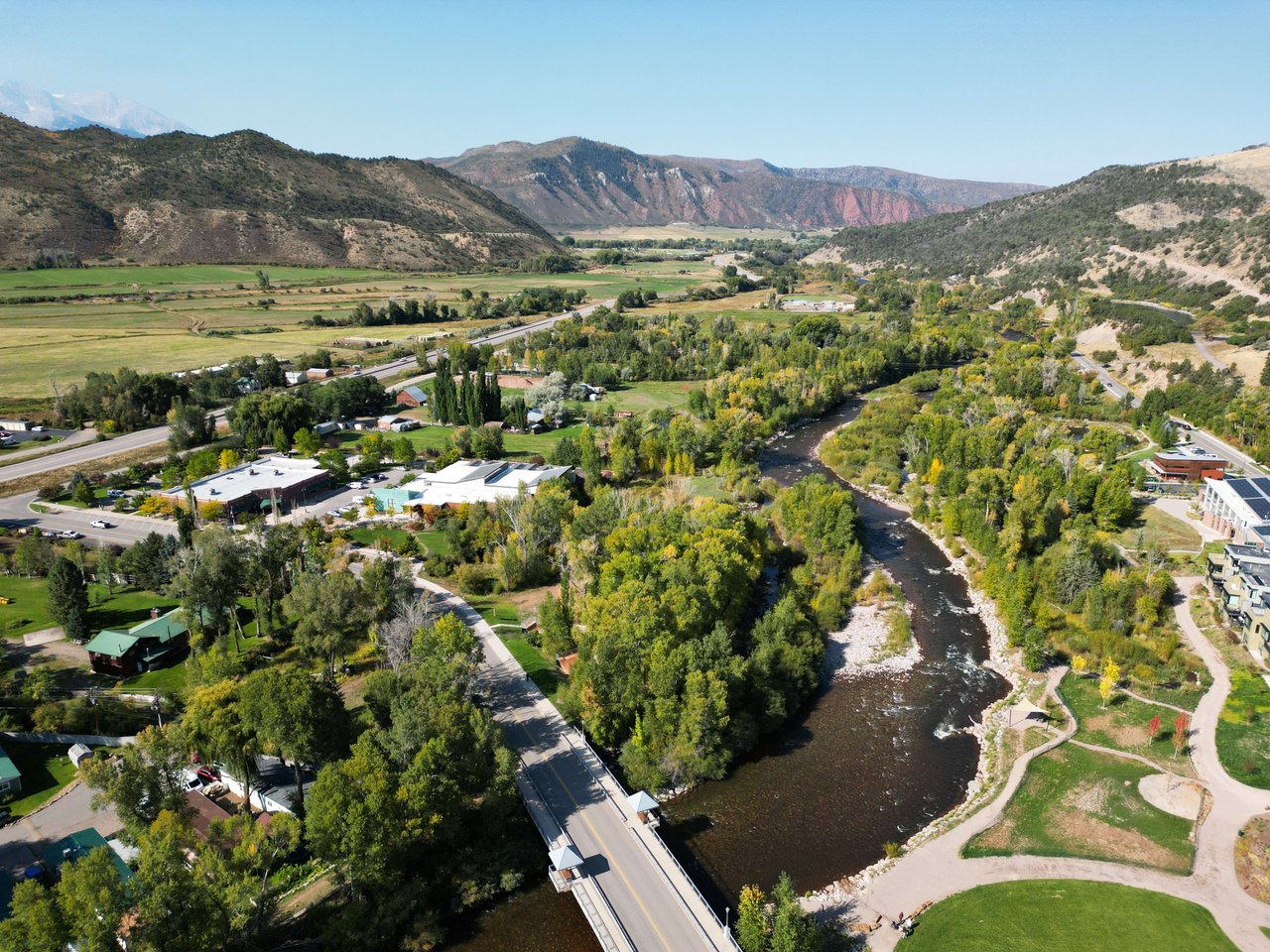
Winter 2023/2024: Colorado's Snowpack Struggles Amidst Western Drought And Ski Resort Towns like Aspen Feel It
Stephanie Kroll

Stephanie Kroll
As winter blankets the western United States, Colorado finds itself grappling with a snowpack that falls short of the norm. While the state may not be celebrating a blockbuster snow year, it stands in a more favorable position than its western counterparts, according to insights from the National Weather Service. Let's delve into the current state of Colorado's snowpack and the challenges it poses for the winter season.
Across the picturesque landscapes of Colorado, the snowpack hovers at approximately 60-70% of the average, with no particular region outshining the others, as shared by National Weather Service Forecaster David Barjenbruch. Although not reaching the ideal levels, Colorado stands resilient compared to the dire conditions observed in other western states.
California's Sierra Nevada Mountains and the entire West Coast up into Oregon and Washington paint a different picture. Snowpack conditions in these regions languish at a mere 20-30% of the normal levels. The coastal areas are grappling with significantly lower snowpack percentages, raising concerns about potential repercussions for the coming months.
Inland states such as Utah, Idaho, and Nevada, though not as severely impacted as their coastal counterparts, are still contending with snowpack levels lingering around 50-60% of normal. Barjenbruch warns that if this trend persists, the western U.S. may face drier-than-normal conditions throughout the spring.
Drought's Return to Colorado: Adding to the challenges, precipitation in Colorado has remained at or below normal in 2023. Despite a brief respite from drought in July, more than half of the state now grapples with its return. Southwest Colorado faces the most severe conditions, ranging from moderate to extreme drought, while abnormally dry conditions have encroached upon the northwest part of the state and areas like Summit and Grand counties.
In Summit County, part of Colorado's prime ski country, the thin snowpack mirrors a year of precipitation that started around average before tapering off in recent months. National Weather Service hydrologist Aldis Strautins highlights a notably dry latter half of the year in Summit County, citing below-average precipitation in September and a dry November, which contributed to the current snowpack deficit.
To bring the snowpack back to normal in Summit County, 2-3 inches of precipitation—equivalent to 2-4 feet of snow in areas above 9,000 feet—is deemed necessary. The long-term projections for winter precipitation in Colorado, according to Barjenbruch, still fall within the near-normal range. With the expectation of a more active period featuring frequent but generally light snows in the next week to 10 days, there is hope that precipitation levels may rebound.
As Colorado navigates a winter with a less-than-ideal snowpack, the state remains a relative stronghold amidst the broader challenges faced by the western United States. The hope is pinned on a change in weather patterns, ushering in more significant storms to replenish the snow-covered landscapes and ensure a memorable winter season for residents and visitors alike.









Contact the real estate team at Avant Garde Aspen to sell your property, buy luxury ski property, and browse resort homes for sale in Aspen, Basalt, Carbondale, and the rest of the Roaring Fork Valley.